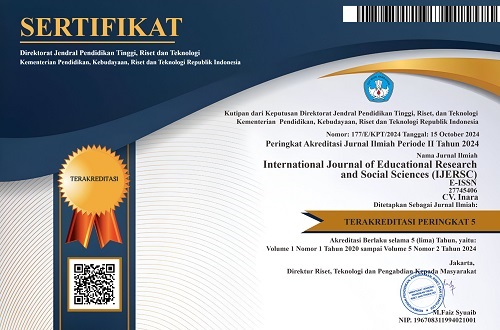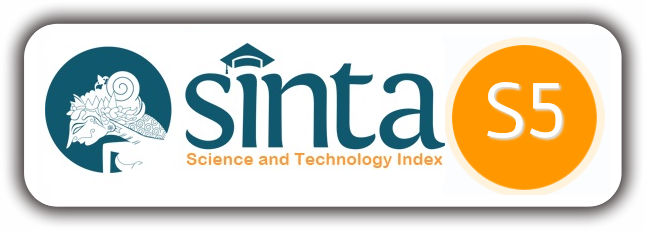Sustainable Property Business In The Area Of Delima Village, Tampan Sub-District, Pekanbaru City
DOI:
https://doi.org/10.51601/ijersc.v4i1.598Abstract
This study aimed to investigate the social, economic, and environmental impacts of
housing construction in Delima Village, Tampan Sub-district, Pekanbaru City, using
descriptive qualitative techniques and research subjects totaling twenty-one people.
The data was collected through interviews and field observation. Interviews were
done by asking questions directly to the research informants. Concerning social
impacts, the study found social changes that formed new values as the implications
of assimilating local values with external values. The mixed values were used as
guidelines or foundations for the social interaction between the residents and
newcomer residents. From the economic impacts, the housing construction created
employment opportunities, increased the local people’s income, and improved their
education and health levels. Regarding the environmental impacts, the local
communities often experience difficulties obtaining clean water, reduced green and
vacant land, less fertile soil, and test to get groundwater due to the loss of vegetation
(trees). However, housing construction positively makes the environment around
Delima Village more modern.
Downloads
References
Budihardjo, E. (1993). Kota Berwawasan Lingkungan. Penerbit Alumni.
Fauzi, A. (2004). Ekonomi Sumber Daya Alam dan Lingkungan: Teori dan aplikasi. Gramedia Pustaka Utama.
Fisheries, R. (1995). Code Of Conduct For Responsible Fisheries. FAO. Rome, Italy. 41P.
Hidayati, W., & Harjanto, B. (2003). Konsep Dasar Penilaian Properti. BPFE, Yogyakarta, 255–267.
Michalski, M.-C., & Januel, C. (2006). Does homogenization affect the human health properties of cow’s milk?
Trends in Food Science & Technology, 17(8), 423–437.
Naftaly, M., & Miles, R. E. (2007). Terahertz time-domain spectroscopy of silicate glasses and the relationship
to material properties. Journal of Applied Physics, 102(4), 43517.
Ordonez, C., & Duinker, P. N. (2010). Interpreting sustainability for urban forests. Sustainability, 2(6), 1510–
Ellington, H & Race, P. (1993). Producing teaching materials. London: Kogan Page.
Hosnan, M. (2014). Pendekatan Saintifik dan Kontekstual dalam Pembelajaran Abad 21 (R. Sikumbang (Ed.); p.
.
Ismail. (2002). Pembelajaran Berdasarkan Masalah (Problem-Based Instrution). Makalah disajikan pada
pelatihan TOT Pembelajaran kontekstual. Surabaya: Tidak diterbitkan.
Joyce, Bruce and Weil, Marsha. 1980. Models of Teaching (Second Edition). Englewood Cliffs, New Jersey:
Prentice-Hall, Inc.
Kassim, J. M., Mohamed, H., Fadzilah, S., & Nor, M. (2017). Perbandingan Model E-Pembelajaran. 7(1).
Kompri. (2017). Belajar ; Faktor-faktor yang Mempengaruhinya (Edisi Pert, p. 306). Media Akademi.
Kosasih, E. (2016). Strategi Belajar dan Pembelajaran Implemenatasi Kurikulum 2013 (Mulyadi Yadi (Ed.); p.
. Penerbit Yrama Widya.
Kurniasih, I., & Sani, B. (2014). Sukses Mengimplementasikan Kurikulum 2013 : Memahami Berbagai Aspek
dalam Kurikulum 2013. Kata Pena.
Kurniawan Asep. (2018). Metodologi Penelitian Pendidikan (M Nita Nur (Ed.)). PT Remaja Rosdakarya.
Margetson. Current Educational Reform And The Significance Of Problem Based Learning. Stud Higher Educ
;19:5-19.
Downloads
Published
How to Cite
Issue
Section
License
Copyright (c) 2023 International Journal of Educational Research and Social Sciences (IJERSC)

This work is licensed under a Creative Commons Attribution 4.0 International License.






















